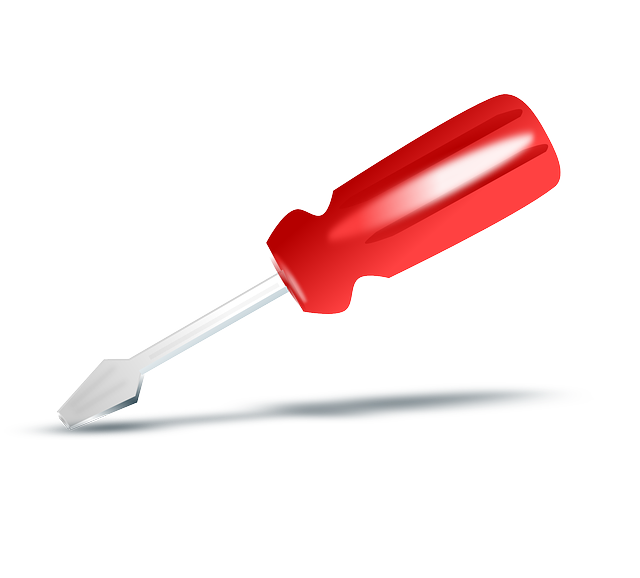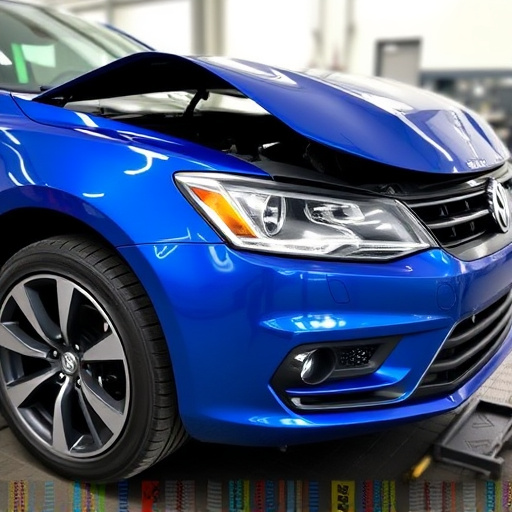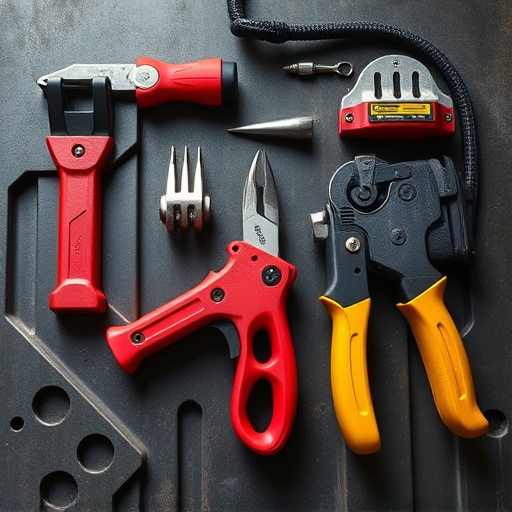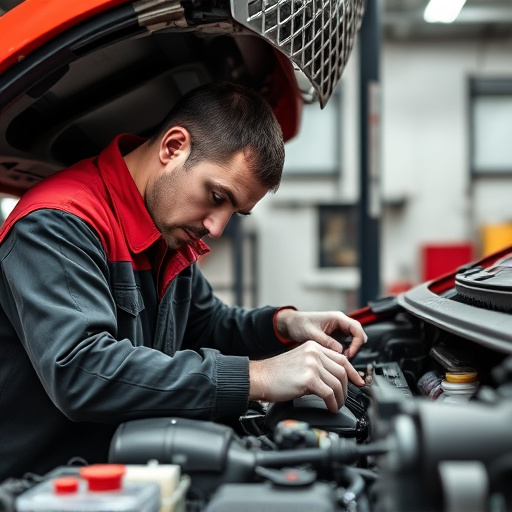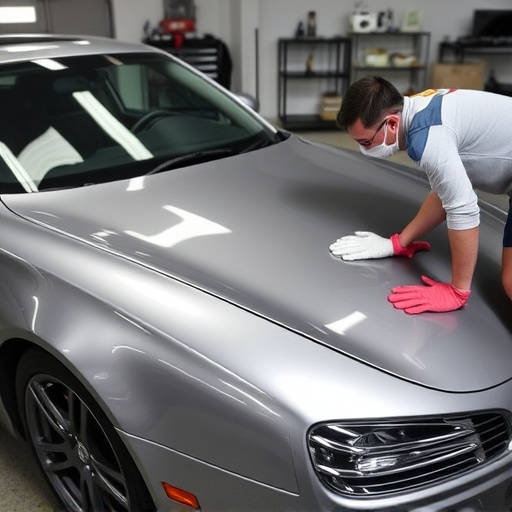OEM guidelines are essential for structural integrity restoration, providing a framework for professionals to maintain vehicle safety and aesthetics through specific repair techniques. Success relies on high-quality materials, rigorous testing, and strict quality assurance, ensuring repairs meet industry standards. Meticulous inspections, specialized tools, and adherence to OEM specs enhance structural integrity, offering drivers peace of mind and superior safety.
In the realm of structural integrity restoration, Original Equipment Manufacturer (OEM) guidelines serve as a crucial compass. This article demystifies these guidelines, offering a comprehensive guide for professionals. We delve into understanding the OEM standards, exploring essential components like materials, testing, and quality assurance. Additionally, we provide practical steps for restoring safety and stability, ensuring structures meet the highest integrity requirements. Uncover the key to successful restoration projects by adhering to these OEM best practices.
- Understanding OEM Guidelines for Structural Integrity Restoration
- Key Components: Materials, Testing, and Quality Assurance
- Restoring Safety and Stability: Practical Implementation Steps
Understanding OEM Guidelines for Structural Integrity Restoration
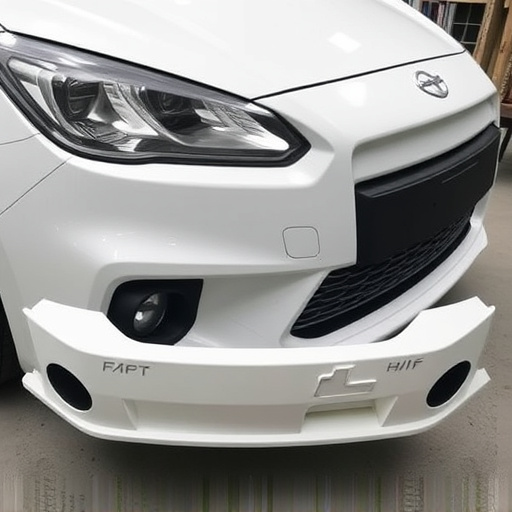
OEM guidelines for structural integrity restoration are critical in ensuring that vehicles return to their original state after repairs. These guidelines provide a comprehensive framework for professionals, detailing specific procedures and standards for various repair processes, including fender repair, paintless dent repair, and hail damage repair. By adhering to these directives, restorers can maintain the vehicle’s overall structural integrity, preserving its safety, performance, and aesthetic appeal.
Understanding OEM guidelines is paramount for body shops and technicians as it guarantees that restoration work aligns with the manufacturer’s original specifications. This consistency ensures that fixed components, such as frames and panels, remain secure and functional, preventing future issues like misalignment or weakened structural points. Moreover, following these guidelines facilitates seamless integration of replacement parts, ensuring a flawless fit and finish, whether addressing minor dents through paintless dent repair techniques or conducting more extensive fender repairs.
Key Components: Materials, Testing, and Quality Assurance

The success of any structural integrity restoration project relies heavily on three core components: materials, testing, and quality assurance. When it comes to structural integrity restoration, using high-quality, industry-approved materials is paramount. These include robust metal alloys, specialized adhesives, and precision-engineered components designed to withstand the rigors of modern vehicles and environmental conditions.
Rigorous testing procedures are equally vital. Advanced non-destructive testing (NDT) methods, such as ultrasonic and magnetic particle inspections, ensure that restored structures are free from hidden damage or weakness. Moreover, auto body services and frame straightening facilities employ dynamic load tests to mimic real-world conditions, confirming the structural integrity of every component before final assembly. Stringent quality assurance protocols, including regular audits and adherence to Original Equipment Manufacturer (OEM) specifications, guarantee that only top-tier auto repair services meet the required safety and performance standards.
Restoring Safety and Stability: Practical Implementation Steps

Restoring safety and stability is a paramount concern when it comes to structural integrity restoration, especially for vehicles that have experienced significant damage. This process involves meticulous assessment and precise execution to ensure every component is securely in place. Professional technicians at a reputable car repair shop begin by thoroughly inspecting the affected areas, pinpointing weak spots and components at risk of failure. Once identified, they employ specialized tools and techniques tailored to the specific needs of each vehicle. For instance, in automotive body work, expert technicians use advanced welding methods and high-quality materials to reinforce structural weaknesses without compromising the vehicle’s original design integrity.
Beyond structural repairs, tire services also play a crucial role in maintaining stability during the restoration process. Technicians ensure proper alignment and pressure settings for all tires, balancing safety with optimal performance. Regular checks throughout the restoration process are essential to catch any discrepancies early on. By combining these meticulous steps with expert knowledge, car repair shops successfully restore structural integrity while adhering to OEM guidelines, ultimately delivering peace of mind for drivers and a reliable vehicle that meets the highest standards of safety and stability.
OEM guidelines for structural integrity restoration play a vital role in ensuring safety and stability in restored components. By adhering to these standards, professionals can effectively navigate the intricate process of restoration, utilizing specific materials, rigorous testing, and stringent quality assurance protocols. This holistic approach not only guarantees the longevity of restored structures but also fosters confidence among users, highlighting the importance of structural integrity restoration as a game-changer in the industry.




